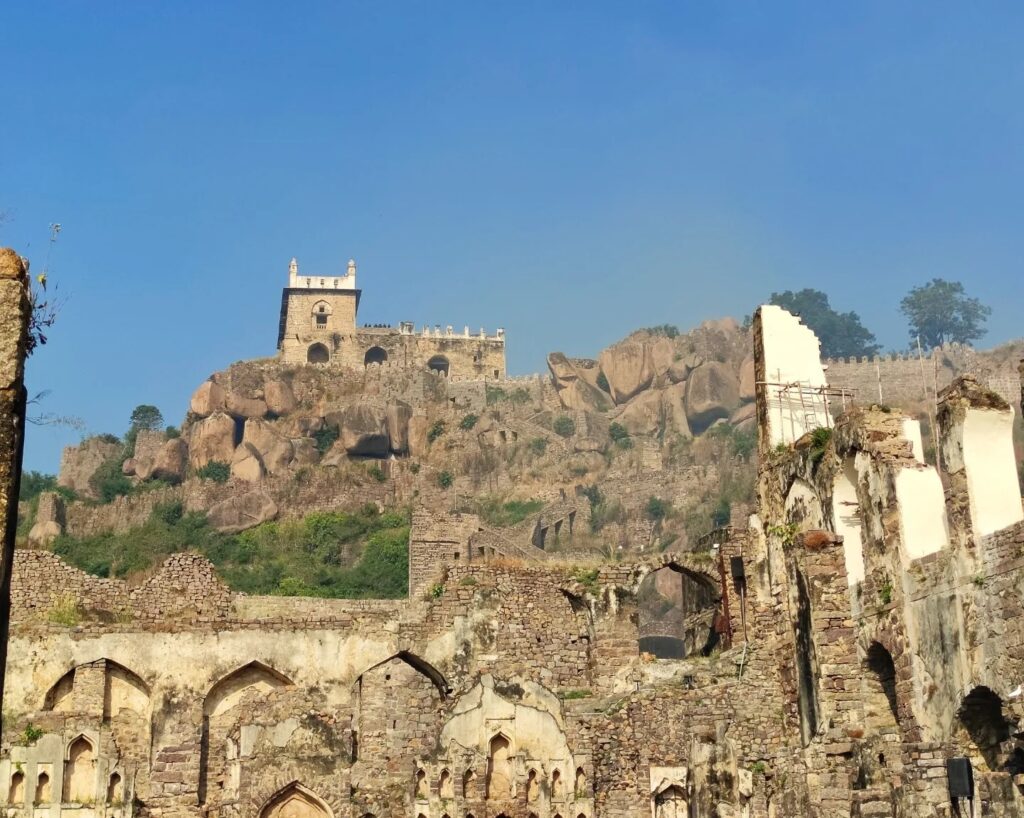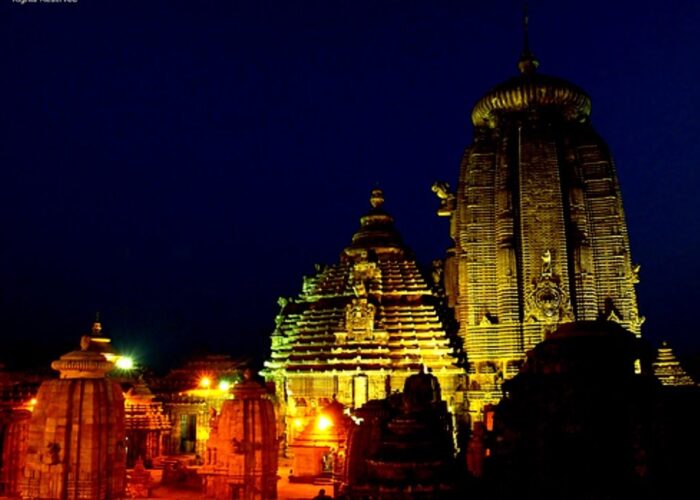The best guide for a India Trip Planner
Traveling to India backpacking? Can I do that? There comes a day when, tired of seeing that many people do it and “live to tell the tale”, after having seen countless videos of travelers visiting the Taj Mahal, on the steps of Varanasi on the banks of the Ganges or walking among cows in the beaches of Goa, you seriously consider taking a backpack, embarking on the adventure of taking an India Trip Planner on your own and discovering all those places for yourself.

You want to smell those spices, taste those thalis, listen to a live sitter, and even go crazy in its streets full of people, traffic, and animals. But since we know that you still need a little push to leap, we have written this guide to India with a lot of information with which organizing the India Trip Planner on your own will be much easier.
Do you dare now? Well, pay attention to everything we have to tell you.

BEFORE GOING
Visa to travel to India
We know that the issue of visas can be somewhat confusing, especially for India, a country in which obtaining one is an essential requirement to enter. In the article on how to get the Indian visa step by step, you have information to apply for it online and for up to 5 years . If you want to know more about Visa Check our blog: India Visa: Price and Updated Information .
Flights to India
Luckily for everyone, flying to India is much cheaper than flying to other Asian countries. Firstly, because it is closer to Europe and secondly, because it has many international airports, such as Delhi, Bombay or Calcutta, where you can catch a cheap flight.
We leave you an article to find cheap flights to India that will allow you to save a few euros. Without waste.
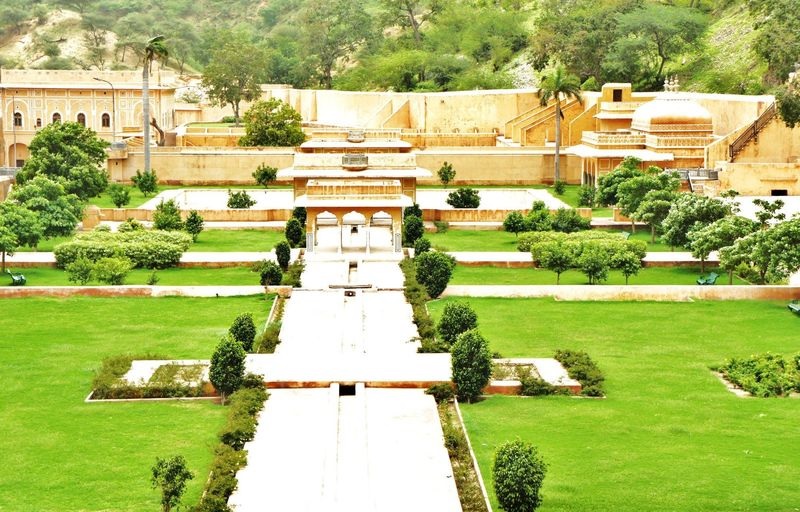
When to go to India
The best time to visit India is usually from December to March during the cool dry season, when most of the country enjoys bright, warm sunshine and rainfall is almost non-existent.
The monsoon dumps rain over much of the country from mid-June to early September, making central and north-eastern India in particular very difficult, with a real risk of flooding. But Rajasthan in the east and Tamil Nadu in the southwest are much drier and highly visitable at this time of year.
December through March is typically the dry season. Large parts of the country are warm and sunny between these months and it rarely rains. However, in the far north of the country, the winter months bring cold temperatures and snow at higher altitudes.
So, what is the best time to travel to India? Taking into account that India is a large country with a diverse climate, it will depend on the area where you travel.

North India (from Delhi upwards)
The far northern states of India have cold winters. Like most of the rest of India, the monsoon brings heavy rain in July and August. The best time to visit Kashmir and the Himalayas is in autumn, when the monsoon is over but the low temperatures of winter have not yet arrived.
October and November are hot and dry and hardly any rain, the weather in April, May and June is also usually good, so spring is also a good option for hiking through the spectacular mountainous areas of this part of the India.
Central India and North West Coast
Central India tends to experience hot summers and a very wet monsoon season. During late June, July, August and early September, it rains a lot in this region. Flash floods are not uncommon, national parks are closed, and downpours are prolonged. It’s much better to visit other parts of India at this time of year that don’t get so soaked, like Rajasthan.
Once the monsoon passes, the weather quickly improves and the long, dry, sunny days from November to March are ideal for visiting this area. April, May, and June are also pretty good months, especially if you’re visiting places on the northwest coast, where cool winds keep temperatures down.

North East India
The climate of northeast India is similar to that of central India. The best months to visit this region are from November to March. At this time of year the days are hot and dry with barely a cloud in the sky perfect weather for sightseeing.
The region experiences heavy monsoon rains from mid-June to mid-September. During the months preceding the monsoon, northeast India can be very hot: the mercury can soar up to 40 during the months of April, May and June.
It tends to stay hot at night too and it is better to head for the hill stations of India. Places like Darjeeling are cooler and offer near perfect hiking conditions.
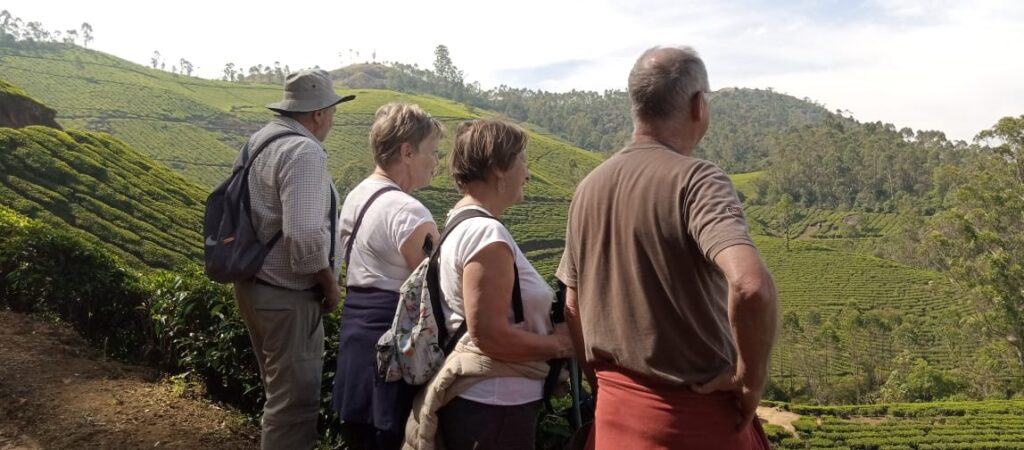
Rajasthan and surroundings
If you are planning a trip to the Taj Mahal, Jaipur or Delhi, the best time of year to visit is October to March. It is the dry season during this period and the days are hot, dry and sunny, ideal for exploring the ancient cities.
May and June in the middle of summer are very hot in Rajasthan and the Golden Triangle, so if you don’t have another, be prepared for the heat. While the monsoon from mid-June to early September dumps large amounts of rain in central and northeastern India, this part of the country gets by with relatively light showers. You might find some rain, but it’s infrequent and doesn’t tend to last long.
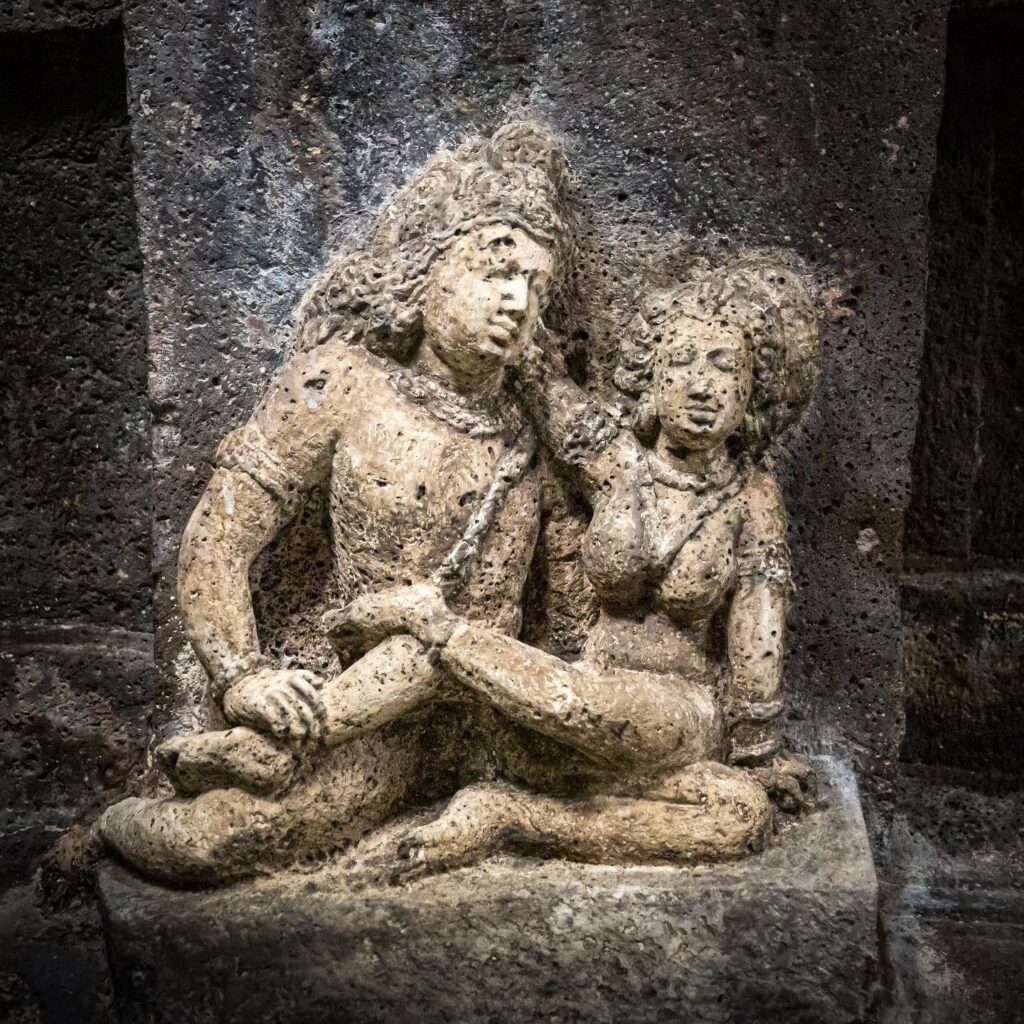
South India
The best time to visit South India is from November to March. It’s the dry season and you’re guaranteed plenty of sunshine and ideal temperatures for lounging on Goa’s beaches. Temperatures begin to rise in April and at the end of May the humidity can be intense, before the arrival of the monsoon.
The months of June, July and August are very wet on the west coast of Goa and Kerala; October and November would be the good months.

Travel insurance
It goes without saying how important it is to travel to India with good insurance. There are many types and colors, prices and coverage, but we always insure ourselves with a good insurance company.
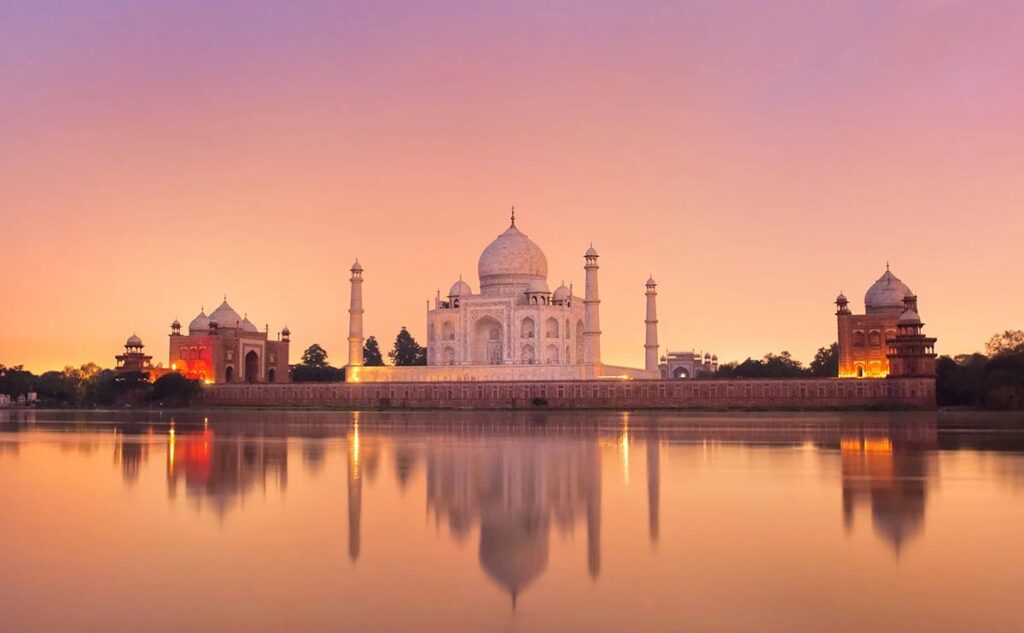
Vaccines
We only offer information and we will never urge you to get vaccinated, but at least for those who want it, there is a list of recommended vaccinations for India. As we always say, you have to make a visit to the doctor so that it is a professional who informs you about vaccines and advises you 100% correctly.
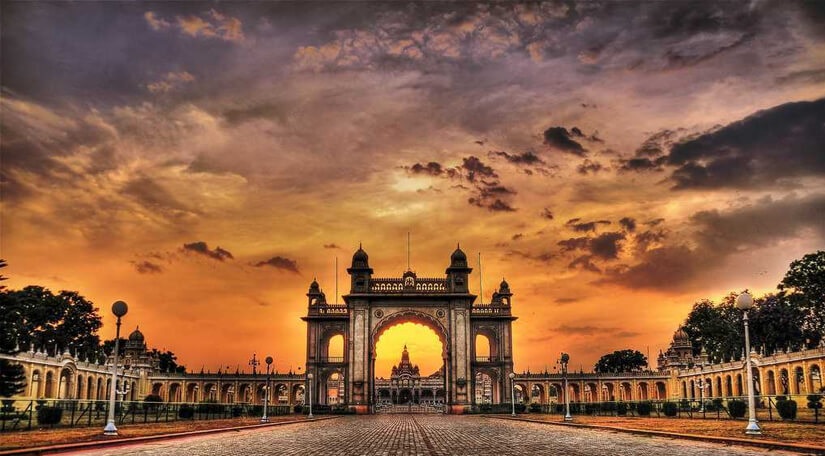
NORTH INDIA
Delhi
The gigantic capital of India, the seventh most populous city in the world, with more than 19 million inhabitants, receives us difficult, complex, exhausting and, at times, painful. That’s how it is. A practically unavoidable visit and a place that you have to learn to love. This infinite city offers a lot to the traveler that, in addition to monuments and history, is like a huge gymkhana with many obstacles. With more than 5 centuries of history, we find Old Delhi, where the Red Fort and other historical buildings welcome us. Most of the government administrations are currently located in New Delhi since it has functioned as the capital of the country since 1931.
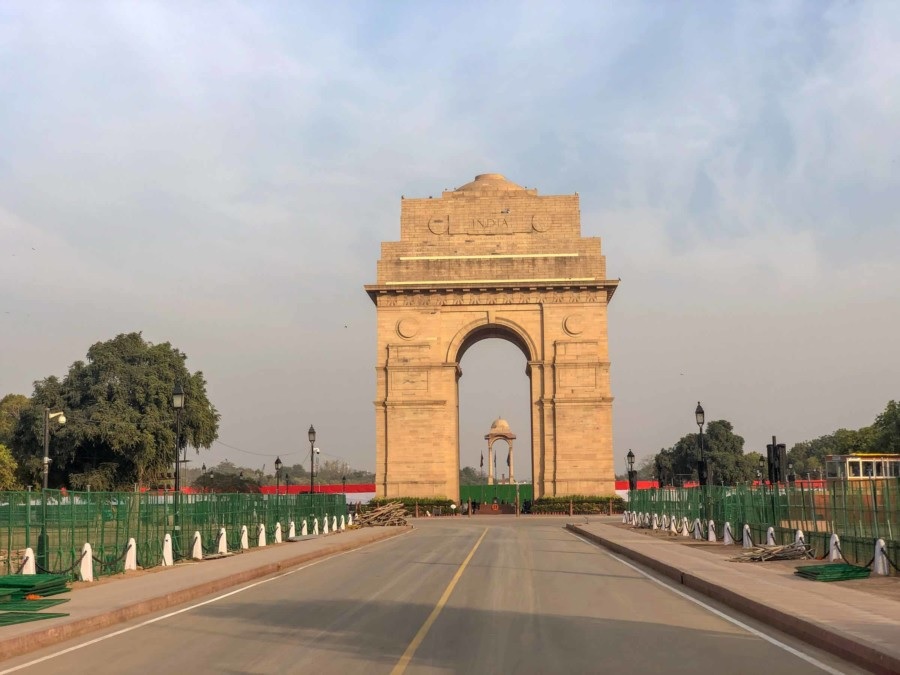
Jaipur
Few cities in the world can be as stressful as Jaipur, but the capital of Rajasthan is worth visiting. From the pink city we highlight the Hawa Mahal and the Amber Fort, a must, and the Galta (or monkey) temple, for the most daring. You can also take a trip to Ranthambhore to see tigers. You have all this information in the previous link, a complete guide to Jaipur to visit this city on your own.
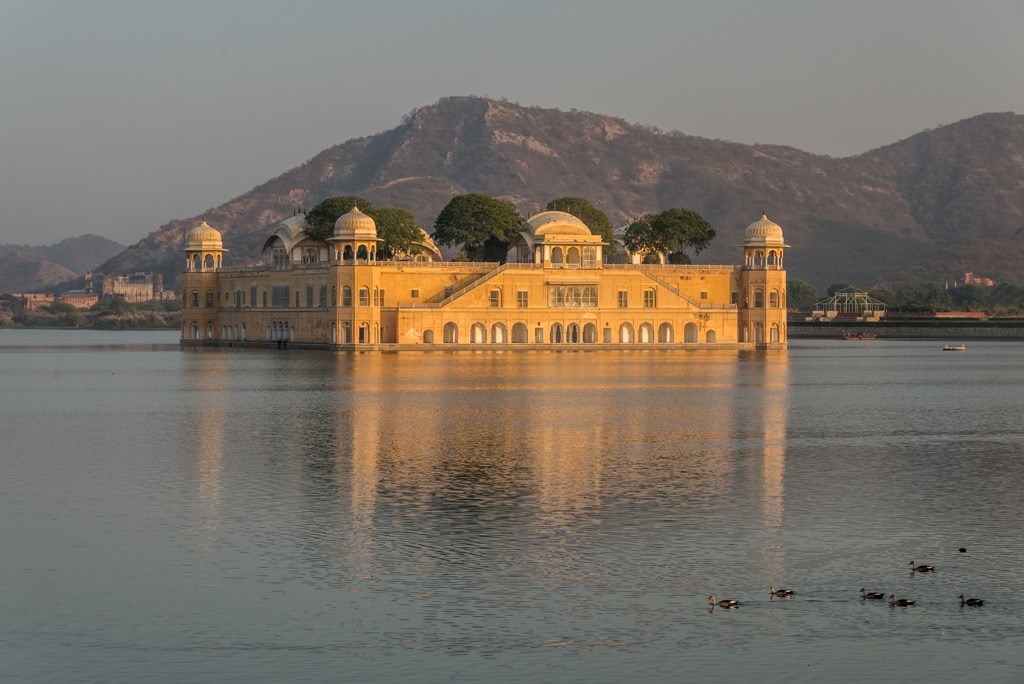
Pushkar
According to Hindu legend, it is believed that the gods released a swan with a lotus flower in its beak and where the swan dropped the lotus flower, the four-headed god Brahma would perform a great Yajnya (sacrificial ritual that has been practiced since Vedic times). . ). The place where the lotus fell was called Pushkar.
Whether we believe it or not, it doesn’t matter, but what is true is that Pushkar today is still a spiritual city for the Hindus. The highlight of this is its lake surrounded by 52 ghats, where devotees make their offerings and bathe in its waters.
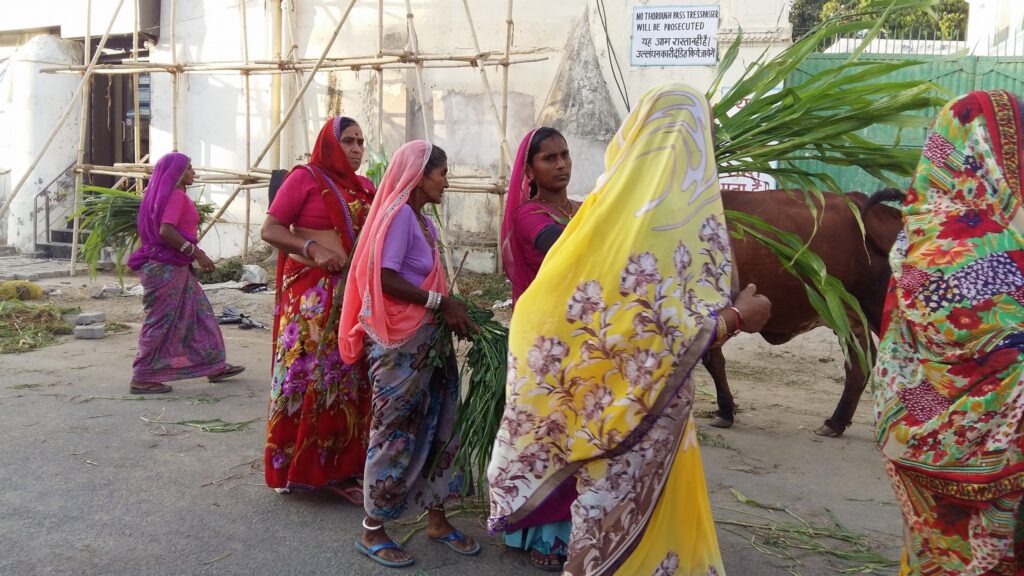
Udaipur
Ueaipur is the third largest city of Rajasthan & surround by three lakes and hills called Venice of India. And it is that Udaipur, with its protagonist Lake Pichola, is one of the most beautiful and peaceful destinations in the state (in Indian terms, of course).
In Udaipur you can get lost in the throbbing labyrinthine alleys, enjoy the views from the rooftop of any hotel, stroll among hundreds of colorful shops (one of the best places to buy fabric) and end the day watching the sunset. Not surprisingly, it is a resting point for long-distance travelers through India and it has trapped us on more than one occasion.

Jaisalmer
Within the walls of Jaisalmer Fort, cows as sacred as they are insatiable wander aimlessly, obstinate vendors and shoe shiners. No wonder we purposely ended up lost in its back alleys.
This city is also a starting point to visit the Thar desert, so if you plan to do the typical camel excursion, we recommend that you first read this article from Faada: Camel rides It never hurts to get information before doing any activity that involves animal use.
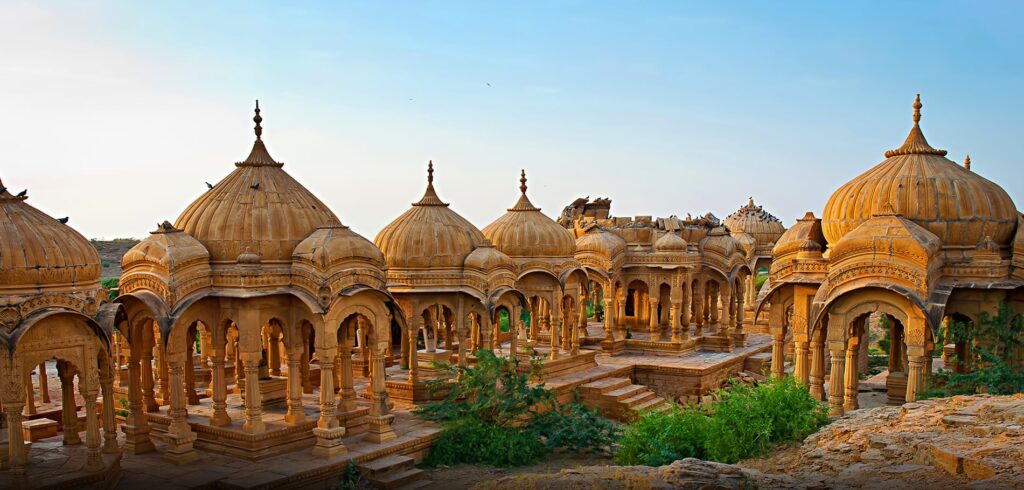
Bikaner
This city near the Thar desert was the first thing we visited in India on our first visit to the country. The old city of Bikaner, surrounded by a 7km long wall, is a maze of streets, markets and havelis through which dozens of cows always walk. Although a priori it may seem somewhat sterile, in Bikaner you can spend a couple of days visiting the spice market, the Jain Temple of Bhandasar in Bikaner, or taking a trip to the Karni Mata Temple, better known as The Temple of the rats (sacred but not suitable for people with a phobia of these little animals, of course).

Jodhpur
Perched on top of a hill, the Mehrangarh Fort watches over Jodhpur. From the fort walls, one of the most impressive in Rajasthan, you can see the Umaid Bhawan Palace converted into a luxury hotel, and the Jaswant Thada mausoleum. And in the streets of the city, chaos reigns while the sun shines because walking through its labyrinthine alleys means jumping stalls, dodging frantic rickshaws, suffering from stray dogs and asking the skinny cows for permission to pass.
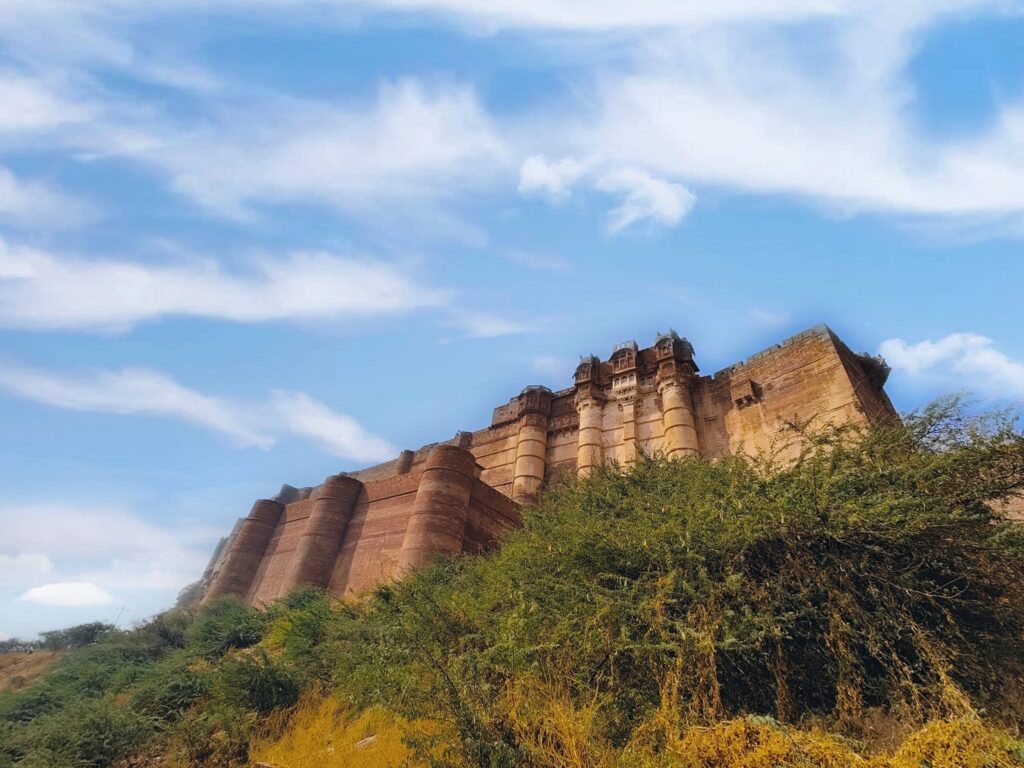
Bundi
The charming Bundi goes unnoticed in Rajasthan, but despite the fact that her competitors are strong, this one, without great pretensions and with a relaxed offer, manages to surprise the visitor.
We could say that the Bundi Palace, the Chitrashala and the Taragarh Fort are the highlights, but the truth is that the relative peace that is breathed, and the walks through the mountains are also a point in favor.
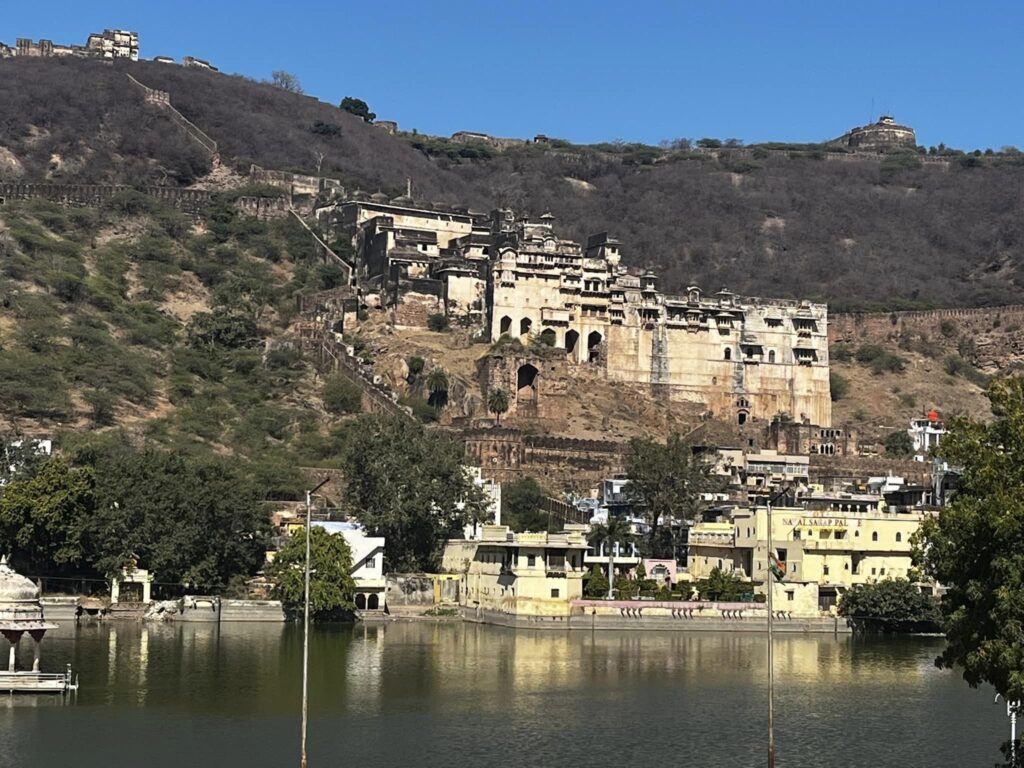
Agra
People from all over the world come to see the Taj Mahal every day trying to get the best photo of this marvel from almost any perspective. Proof of this are the photos that our readers send us to tell us: “hey, I was there too”. The town of Agra doesn’t really offer much else, although it’s well worth going up to one of the hundreds of ramshackle terraces and taking in the views of the Taj Mahal dome while daylight permits.
It’s also a good idea to take a walk around the Taj Ganj, where the prayer chant wakes you up and reminds you every few hours that you’re in a Muslim neighborhood.

Varanasi (Banaras)
Life and death walk hand in hand on the banks of the Ganges in Varanasi. Cremations are perhaps the most shocking thing about this holy city, but surviving on the streets and ghats next to the polluted river water, where people bathe and participate in ceremonies, is much more impressive.
It is unforgivable not to sit back and enjoy watching a Ganga Aarti at Dasaswamedh Ghat, and of course you have to go with the human stream and lose yourself in the smell of incense and the music of the sitar.

Mathura
Few people visit Mathura, perhaps because of its proximity to Vrindavan, where the first Hare Khrisna Hare Rama Gurukula was opened back in 1976, but it is a pity because most are not aware that it is one of the seven sacred pilgrimage cities for Hindus who make up the Sapta Puri. This fact makes Mathura a sweet spot for those who flee from the tourist masses and want to feel authentic India side by side, like when you contemplate the daily bids, both in the morning and in the afternoon, in front of the sacred Yamuna river. For 100rs you will have a boat for you and your companion to see the bid and take a walk on the ghats.

Orcha
Orchha is a popular holiday destination among Indians that goes somewhat unnoticed in the eyes of the rest of humanity. This small town located next to the Betwa river is an opportunity to escape from the places most frequented by western travelers.
Its small size means that one day is enough to see the highlights, although you can always spend more time if you want to rest. In this medieval-looking destination, you can visit a couple of castles, the Jehangir Mahal and the Raj Mahal, and a Hindu temple known as Ram Raja. If you feel like pedaling you can also rent a bike and visit the Orchha natural park.

Khajuraho
Khajuraho, yoga and kamasutra, this is how we summarize our time in this clean city where, despite everything dirty that can happen to one’s head, it remains pristine.
Its Hindu temples, a World Heritage Site, have become world famous for the erotic sculptures sculpted on their walls that, it is said, were created to educate lovers and today leave no one indifferent.
Divided into several groups, the visit to the temples can take up a whole day, especially if you decide to do it calmly and by bicycle, so we recommend spending a couple of nights. Halfway between Agra and Varanasi, this destination is a good place to stop on the road, which in India is long…
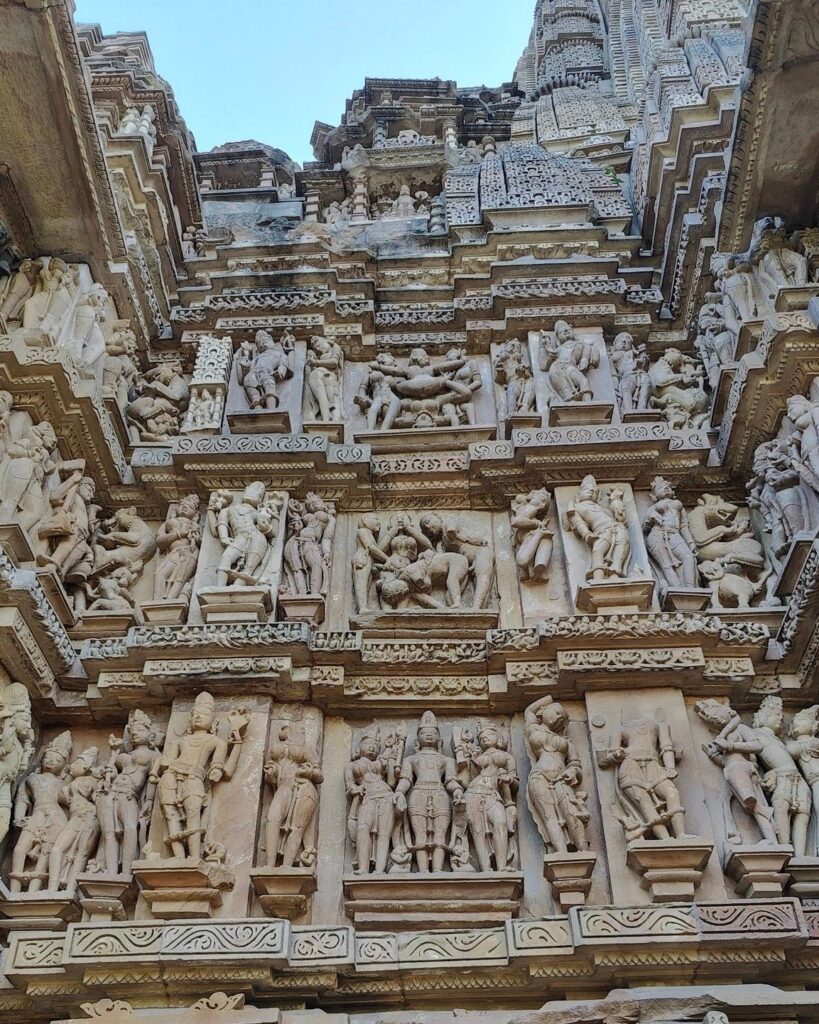
Ujjain
Ujjain, another of the sacred cities that make up the Sapta Puri and one of the four cities where the Kumbha Mela is held every 12 years. This small and quiet city is perfect to spend a few days without seeing a single tourist (proof of this are the faces of astonishment when you go down the street or enter any restaurant) and enjoy the bids at sunrise and sunset in front of the sacred Kshipra river. Forget about the crowds that occur in Varanasi next to the Ganges, in Ujjain you will be able to put yourself in the front row without problems and then you will be able to talk with the Brahmins who perform the puja eager to see what a foreigner is doing in those parts.

Ahmedabad
The Sabarmati Ashram, founded in Ahmedabad in 1917, is the first ashram founded by Gandhi on his return from South Africa. It owes its name to the river that passes right by its side and was created with a double intention: to serve as an institution that carries out the search for the truth and at the same time as a platform to bring together workers committed to nonviolence, which was intended to help to the liberation of India. Today it is a museum and a meeting point for all those who want to see first-hand (video) the place where Gandhi lived and from where he would carry out the famous salt march to achieve India’s independence from the British Empire.

Leh
The capital of Ladakh is called Leh, a trading post on the ancient silk road. It is located in northern India, in a valley in the Himalayas not far from 7,000-meter-high peaks. The landscape of Ladakh changes gradually as the months go by, but if there is a leading color that we cannot forget, it is the white of the snow covering each scene. Popular for its trekking routes, a challenge for climbers and a remote point on the map that those who want to know everything about the great subcontinent want to reach. And it is that, like Sikkim, Ladakh cannot be less similar to its neighboring states since in this the protagonists are the gompas and the Buddhist stupas.
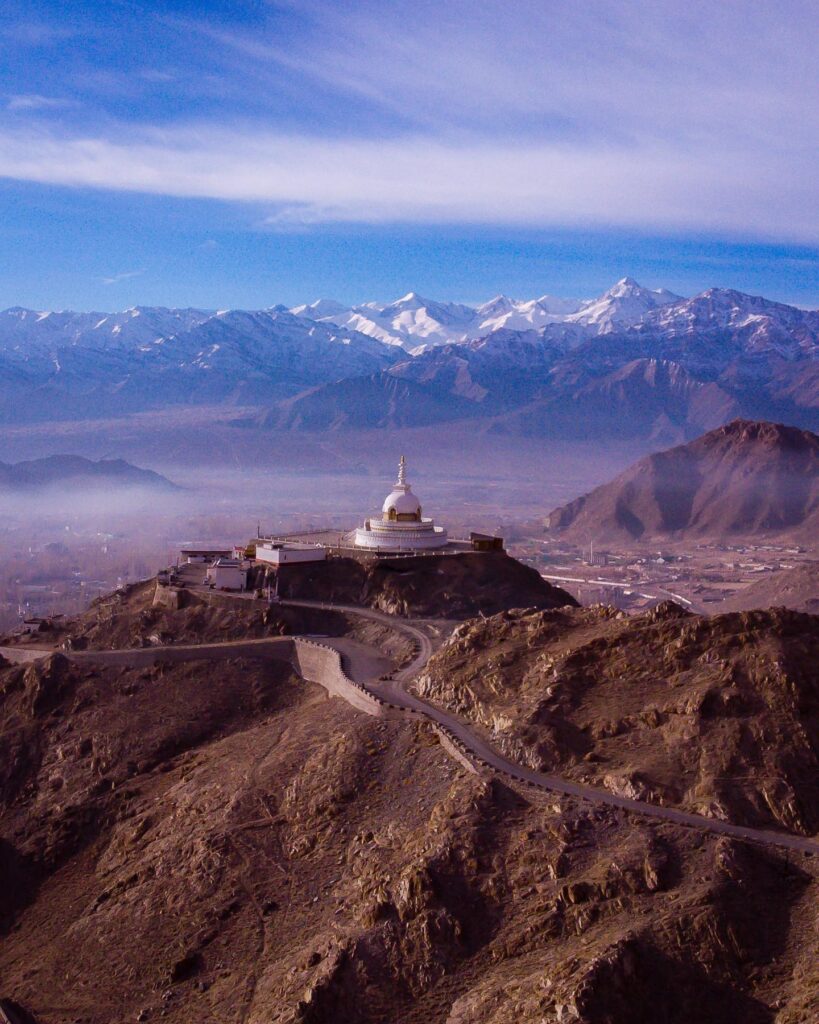
Darjeeling
Darjeeling located in the northeast of the country, at an altitude of 2,134 meters and belonging to the state of West Bengal, is Darjeeling, one of our favorite destinations. Surrounded by tea plantations, with spectacular views of the Himalayas and especially Kandjenjunga, the city seemed to us like a border that separates the chaotic, disorderly and overpopulated India from the calmest state we met during our tour of India: Sikkim.
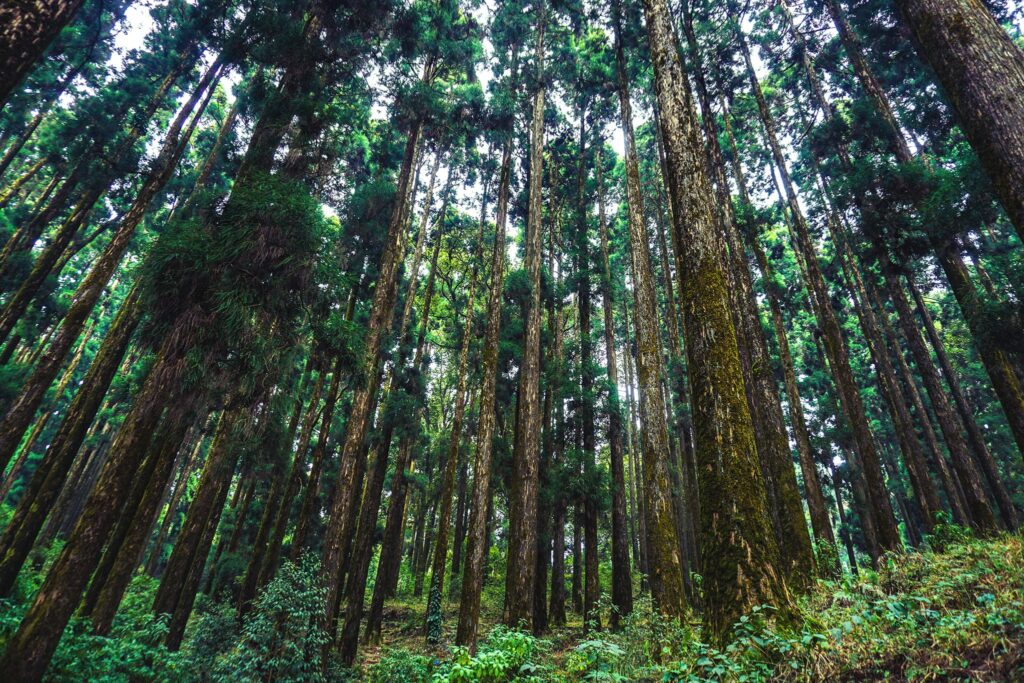
Sikkim
It belongs to India since 1975 and to enter this state it is still necessary to get a permit. The ancient kingdom of Sikkim is especially different and perhaps for this reason the traveler falls in love with it. The highest peak in India and the third highest in the world is found among its mountains, and when the weather conditions allow it, the Kanchenjunga can be seen and admired. From Pelling you can start the Route of the Monasteries, a walk that we did in three stages as a little training for the Annapurna trekking that we were about to start
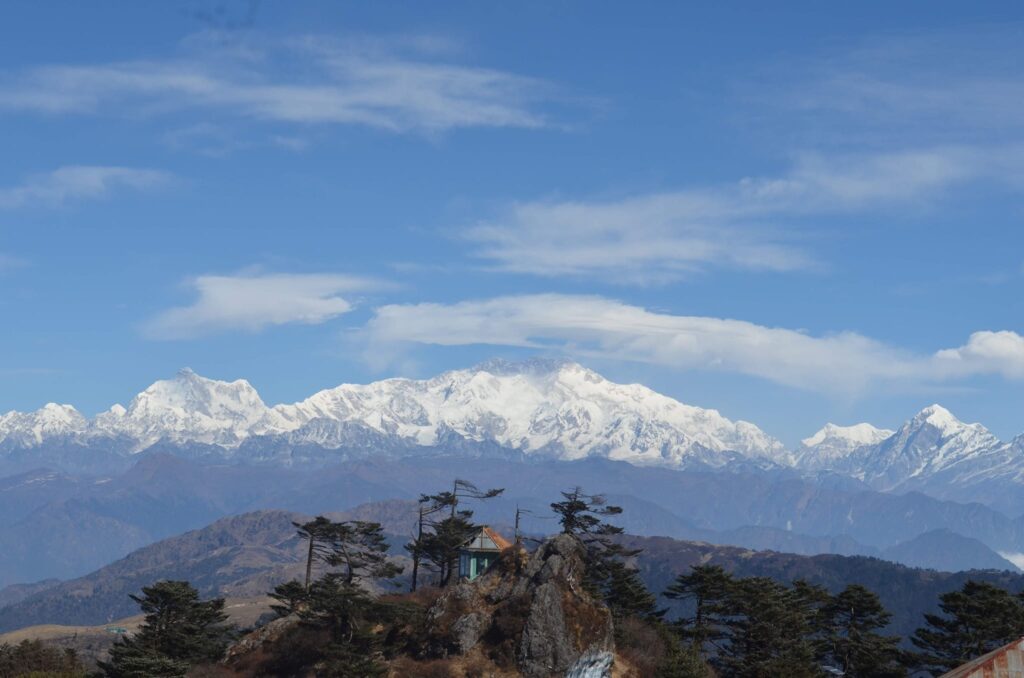
SOUTH INDIA
Goa
For four centuries it was a colony of Portugal and today it is a beach destination with a cultural mix that sets it apart from the rest of the country. Goa, that tiny state in the west popularized in the sixties by the hippie community, is a destination for partying and relaxation.
Without neglecting the cultural part, you can combine recreation with visits to a church or cathedral, something that will surprise you if you have spent a few months in the country seeing Hindu temples everywhere.
Among its best known beaches are Arambol, Anjuna and Palolem. How many days in a row are you able to last sleeping in hammocks, walking through the sand between dogs and cows, drinking in the beach bars, watching fire shows and eating biryani?

Mumbai
Mumbai is the most populous city in India (and the fifth in the world) and can be stifling for the first-time traveler. Although you can spend hours walking through its streets of colonial buildings, its parks and beaches where the Indians practice sports and eat ice cream, it was not very attractive to us and we can tell you little. However, if it is on your way, you can stop and do some sightseeing, see the Gateway of India, visit a museum, visit the Chhatrapati Shivaji Station, or even cross over to Elephanta Island and see its caves.

Bangalore
Huge Bangalore is the capital of the state of Karnataka and the third largest city in India, and occupying that position makes it very well connected to the rest of the country. Devoid of exoticism, in the cosmopolitan city buildings predominate and there are some gardens left over from what was once the great lung of the area, such as the Lal Bagh Botanical Gardens or the Cubbon Park. But as in any Indian city, no matter how modern it may be, its good handful of temples are not lacking and some of them are Shiv Mandir, the Bull temple (famous for the bull statue carved in a rock), the Shivoham Shiva temple or the Maha Bodhi Society Temple.
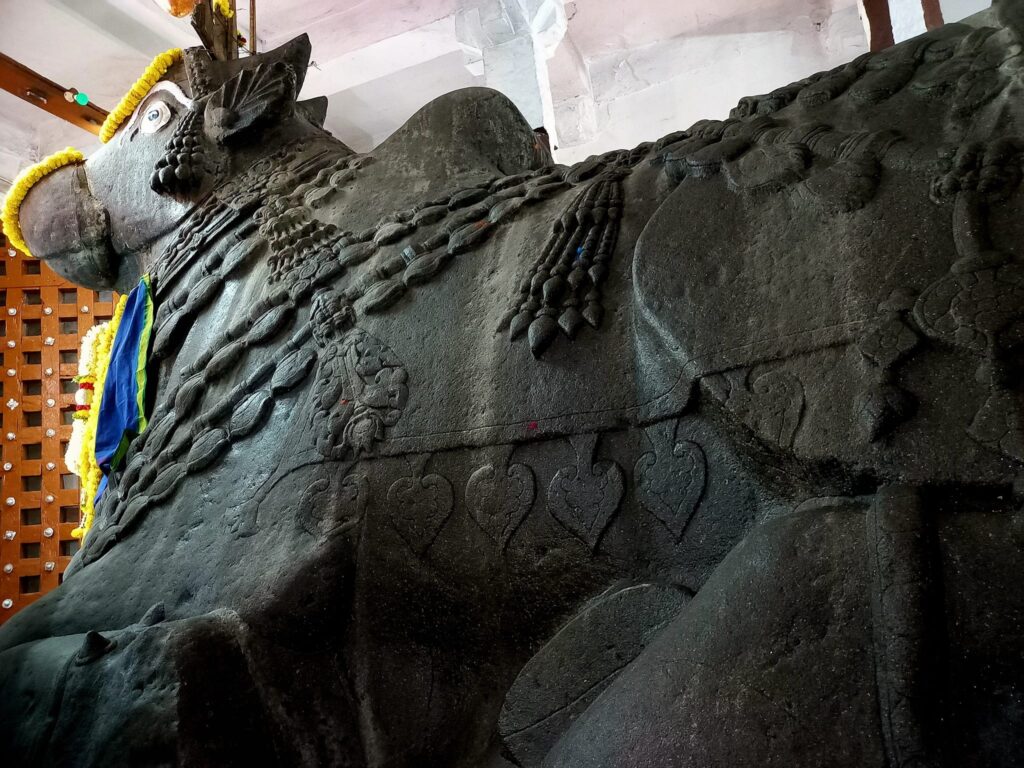
Mysore
The second largest city in the state of Karnataka is Mysore, whose popular Royal Palace, residence of the Maharaja of the Wodeyar dynasty, attracts thousands of tourists. Groups of hundreds of schoolchildren taking a field trip are easy to find on the grounds, so be prepared to be the center of attention and to be asked for photos… Young Indians love foreign photos. If you are going to spend more time in this city, spend some time walking through the Brindavan gardens, the Chamundi hills or through the bazaar. Mysore is also home to several Ashtanga yoga schools that appeal to a very specific audience.

Chennai
Chennai is another of those transit cities that, without being too special, ends up being a stop for many travelers, especially those who fly to Sri Lanka. The chaos and dirt of this city is evident in each and every one of its streets, however, good food can even make you forget how angry you can be when faced with such disorder. At least the authenticity of the hotel lodgings house, which made us feel as if we were starring in the Hotel, made us fondly remember this peculiar stop on the route.

Nashik
The “Benares of South India” is one of the holy places where the Kumbh Mela festival is celebrated, one of the greatest human pilgrimages which takes place every 12 years. Among the charms of this small town is the Ganga Ghat, on the banks of the sacred Godavari river and surrounded by numerous temples. However, less divine reasons attracted us, because Nashik is also the capital of wine, the destination that appears on the map when it comes to tasting.

Aurangabad
The Ellora caves are reason enough to go to Aurangabad: nothing more and nothing less than 34 temples carved into the rock. Ellora was an important historical trade center of the Deccan region, situated on an ancient South Asian trade route, and the caves served as monasteries for monks, temples for prayers, and a resting place for pilgrims. But it is also that in the same area are the Ajanta caves, 29 artificial caves World Heritage Sites.

Hampi
The ruins of the ancient capital of Vijayanagar extend over 26 km² and renting a bicycle or motorbike in Hampi to discover them is one of the most magical activities in India. The extraordinary landscape, described as Martian by many travelers, is the result of volcanic activity millions of years ago: everywhere you look you will see huge eroded stones. One of the best views is obtained from the top of Anjanadri Hill, where the Hanuman Temple is located. And one of the most visited temples is the Virupaksha, dedicated to Shiva and a World Heritage Site.

Kolhapur
If you’re touring the west coast from north to south or vice versa, you’ll likely decide to stop somewhere between Mumbai and Goa. The city of Kolhapur, in the south of Maharashtra, is a good option, as it has a wide range of accommodation and things to see and do to spend a whole day entertained. The Mahalaxmi temple, dedicated to Amba Bai, is a place of pilgrimage, although you may be more interested in taking a boat trip on Rankala Lake, visiting the old palace where the former governor Chatrapati lived, or traveling 20 km to the fort of Panhala.

Alleppey / Alappuzzha
A trip to South India should certainly include a visit to the Kerala backwaters, an extensive network of rivers and canals as an efficient means of transportation and a way of life with a starting point in Alleppey (or Alapuzzha).
There are several options for navigating the waters of this 900 km labyrinth, from small boats with capacity for a few people moved by sinewy rowers, to huge boats with which to take a small cruise.
These large ships are called Kettuvallam and although in their day they served to transport merchandise, becoming obsolete due to the greater speed of road transport, the owners adapted to the circumstances and transformed them into houseboats.
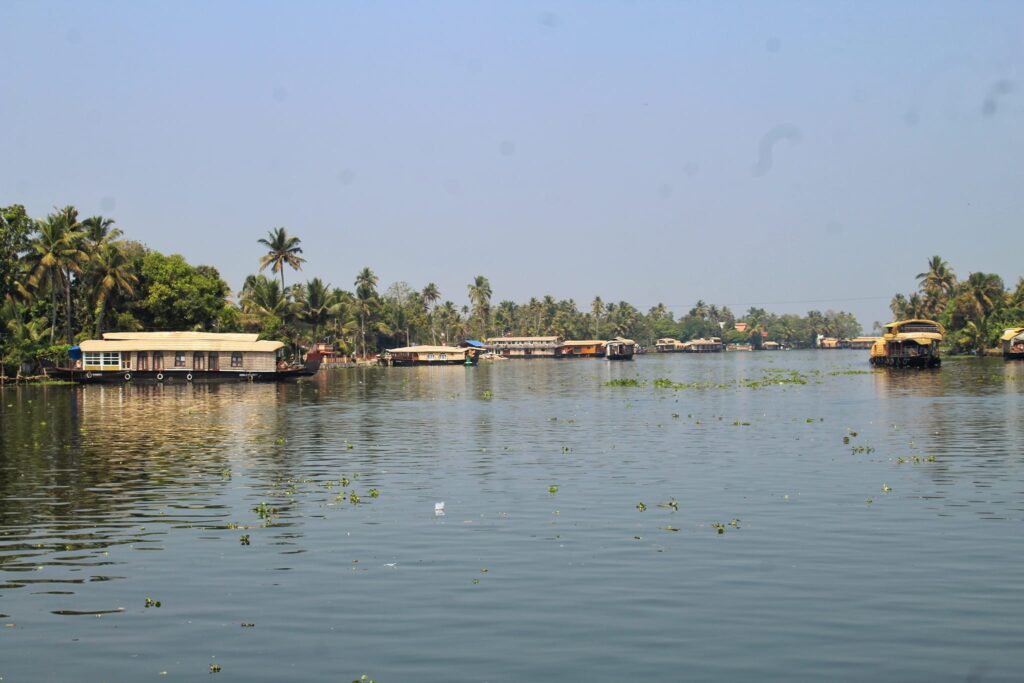
Varkala
If there is something that characterizes and gives personality to Varkala beach, it is undoubtedly the cliff that you have to descend to reach Papanasam beach, whose waters are said to cleanse the soul of sin. The famous “cliff”, which overlooks the Arabian Sea, is a precipice not suitable for people with vertigo and on whose broken steps shit accumulates day after day.
Despite the crowds at certain times, renting a body board for a while for a few rupees is great fun, as the waves are big and long enough to make you “surf” for a few seconds, but be careful with the strong ones. currents that can drag away a clueless or overconfident bather.

Ooty and Munnar
If you are feeling a lot of heat and feel like a change of scenery, Ooty and Munnar are two mountain stations where you can breathe fresh air in southern India. Although they are quite close to each other, they belong to different states, the first belongs to the state of Tamil Nadu and the second to Kerala. The most popular thing in these destinations is to go on an excursion and visit the tea, coffee and spice plantations, a very calm type of rural tourism. The coolness that is appreciated during the day becomes cold at night forcing you to dust off that sweatshirt that you keep in your backpack and that you thought you were not going to use.

Mamallapuram
Mamallapuram is a coastal town on the Bay of Bengal, in the state of Tamil Nadu. The popularity of this destination, which is evident when you see the number of accommodations and shops for tourists, is due to a set of sculptures and temples carved into the rock. Five rathas and the riverside temple are perhaps the most impressive, but Arjuna’s penance and Krishna’s huge ball of butter are also worth seeing. A whole city of stone.

Kanyakumari
In the extreme south of the country, what we call “the tip of India”, is Kanyakumari, a strange place that brings together very diverse people from all corners of the subcontinent.
The curious thing about this town is that it is the meeting point of the waters of the Bay of Bengal, the Arabian Sea and the Indian Ocean and from the coast you can see both sunrise and sunset, at which time the crowd occupies the beach and dismisses the day with applause.

Kolkata
The poverty of Kokata scares and shudders. In its most dilapidated streets there are people who live in improvised houses with canvas roofs and the role of Mother Teresa and her fame mean that the city is always associated with misery and disease.
The capital of West Bengal is a place that shakes the traveler but is also full of contrasts, as it is home to many students and has never ceased to be a meeting point for artists, intellectuals, writers and people from the world of arts.
Apart from seeing the museum house of Mother Teresa, another interesting visit is the Victoria Memorial, a building in honor of the Queen of England. To eat you cannot miss the Indian Coffee House, the old bohemian cafeteria in Kolkata.
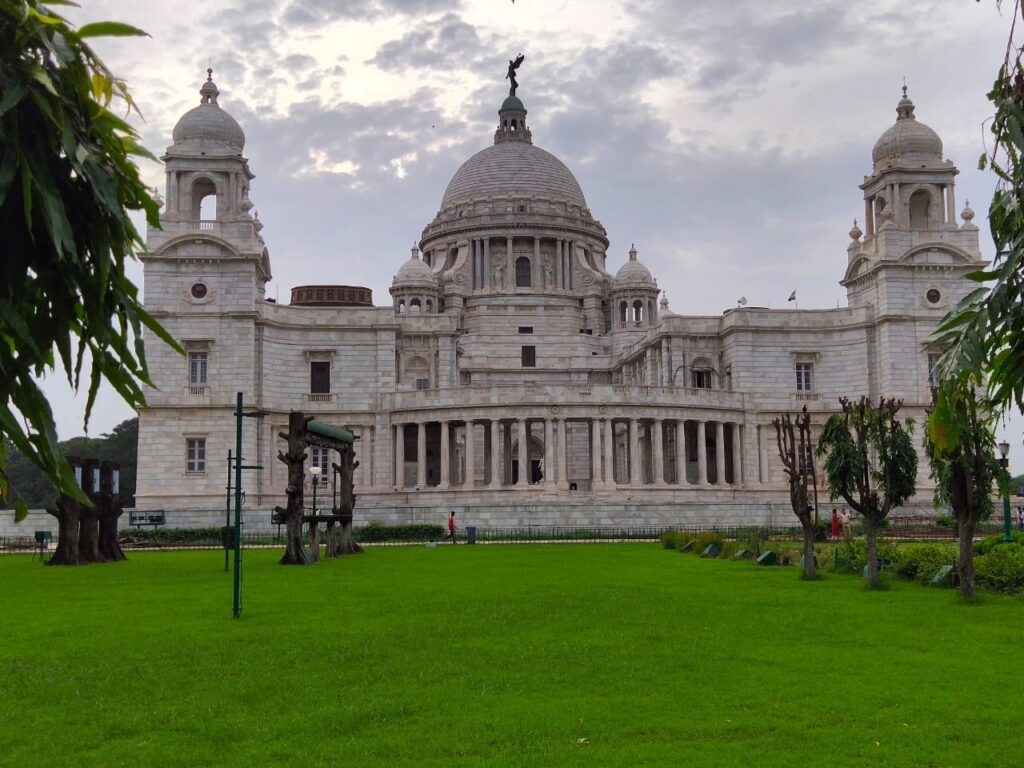
Bhubaneshwar
On the east coast, it is worth to visit Bhubaneshwar, the capital of Orissa and the place where the Lingaraj temple, dedicated to Tribhuvaneswar, is located. However, non-Hindus are not allowed access to the interior of the walls that surround it and we will have to settle for seeing it from the top of a platform. Outside the city, six kilometers away, we can find some rock-carved caves called Udayagiri and Khandagiri, which are believed to have been carved by Jain ascetics. If you spend a couple of days in Bhubaneshwar, you may have time to see another temple like the Mukteswar Mandir or Rajarani Mandir or one of its museums. If you feel like seeing something other than rocks or temples you can go see the Bindu Sarovar Lake.

Hyderabad
The capital of Telangana is called Hyderabad, a mega-city in which, despite the apparent anarchy, technology is the protagonist, so much so that even large companies such as Google or Facebook have set up offices in the city. On the outskirts is a technology complex called HITEC City known as India’s Silicon Valley, and R&D is taking place inside the building.
But since I imagine that you have not come here looking for work, perhaps you are more interested in the old part, the Old City where the Mecca Masjid, the Golconda fort or the palaces of Chowmahalla and Falaknuma are located. The Hyderabad Charminar, built in 1591, is one of the most representative monuments of India, with its own style of Islamic architecture, made of granite, limestone, mortar and pulverized marble.
